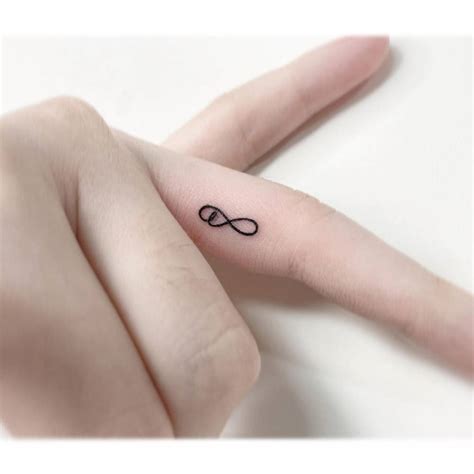Experimental vs Correlation Study: Key Differences Explained

Understanding the difference between experimental studies and correlation studies is crucial for anyone involved in research, data analysis, or decision-making. These two research methods serve distinct purposes and yield different types of insights. Whether you’re a student, researcher, or business professional, knowing when and how to use each approach can significantly impact your outcomes. Let’s dive into the key differences between experimental and correlation studies, their applications, and how to choose the right one for your needs.
What is an Experimental Study?

An experimental study is a research method where the researcher manipulates one or more variables to determine their effect on another variable. This approach involves a controlled environment, random assignment of participants, and a clear cause-and-effect relationship.
Key Characteristics of Experimental Studies
- Control Group: A group that does not receive the treatment or intervention.
- Treatment Group: A group that receives the treatment or intervention.
- Randomization: Participants are randomly assigned to groups to minimize bias.
- Causality: Allows for establishing cause-and-effect relationships.
📌 Note: Experimental studies are ideal for testing hypotheses where control over variables is essential.
What is a Correlation Study?

A correlation study examines the relationship between two or more variables without manipulating them. It identifies whether variables move in the same or opposite directions but does not establish causation.
Key Characteristics of Correlation Studies
- No Manipulation: Variables are observed as they naturally occur.
- Relationship Analysis: Focuses on the strength and direction of relationships.
- No Causation: Cannot prove that one variable causes another.
📌 Note: Correlation studies are useful for identifying patterns and trends in data.
Experimental vs Correlation Study: Key Differences

To better understand the distinctions, let’s compare the two methods in a table:
| Aspect | Experimental Study | Correlation Study |
|---|---|---|
| Control Over Variables | High | Low |
| Causality | Establishes cause-and-effect | Does not establish causation |
| Environment | Controlled | Natural |
| Purpose | Test hypotheses | Identify relationships |

When to Use Experimental Studies

- Testing New Products: Determine the effect of a new product on consumer behavior.
- Medical Research: Evaluate the impact of a treatment on patient outcomes.
- Educational Interventions: Assess the effectiveness of a teaching method.
When to Use Correlation Studies

- Market Analysis: Identify relationships between consumer income and spending habits.
- Health Research: Explore the correlation between exercise and mental health.
- Social Sciences: Study the relationship between education levels and employment rates.
Checklist for Choosing the Right Study
- Do you need to establish causation? → Choose Experimental Study.
- Are you looking for patterns or trends? → Opt for Correlation Study.
- Can you control the environment? → Experimental Study is suitable.
- Are you working with natural data? → Correlation Study is the way to go.
In summary, experimental studies and correlation studies serve different research goals. While experimental studies allow for controlled testing and causation, correlation studies focus on identifying relationships in natural settings. Understanding these differences helps researchers and professionals select the most appropriate method for their objectives.
What is the main difference between experimental and correlation studies?
+Experimental studies establish cause-and-effect relationships through controlled manipulation, while correlation studies identify relationships between variables without proving causation.
Can a correlation study prove causation?
+No, correlation studies cannot prove causation. They only show the strength and direction of relationships between variables.
Which study is better for testing new products?
+Experimental studies are better for testing new products as they allow for controlled testing and establishing cause-and-effect relationships.
research methods,data analysis,cause-and-effect,market research,medical studies


